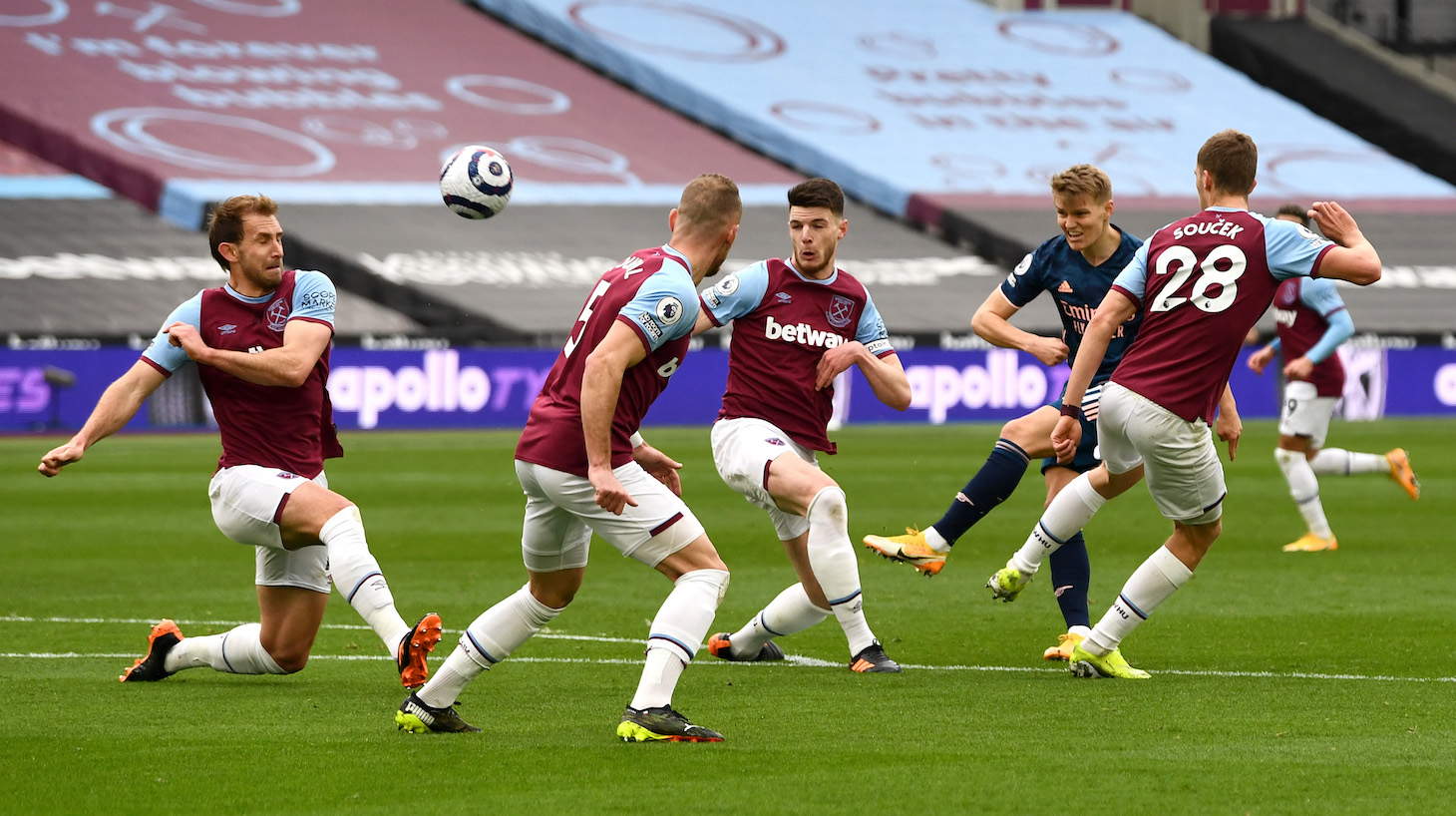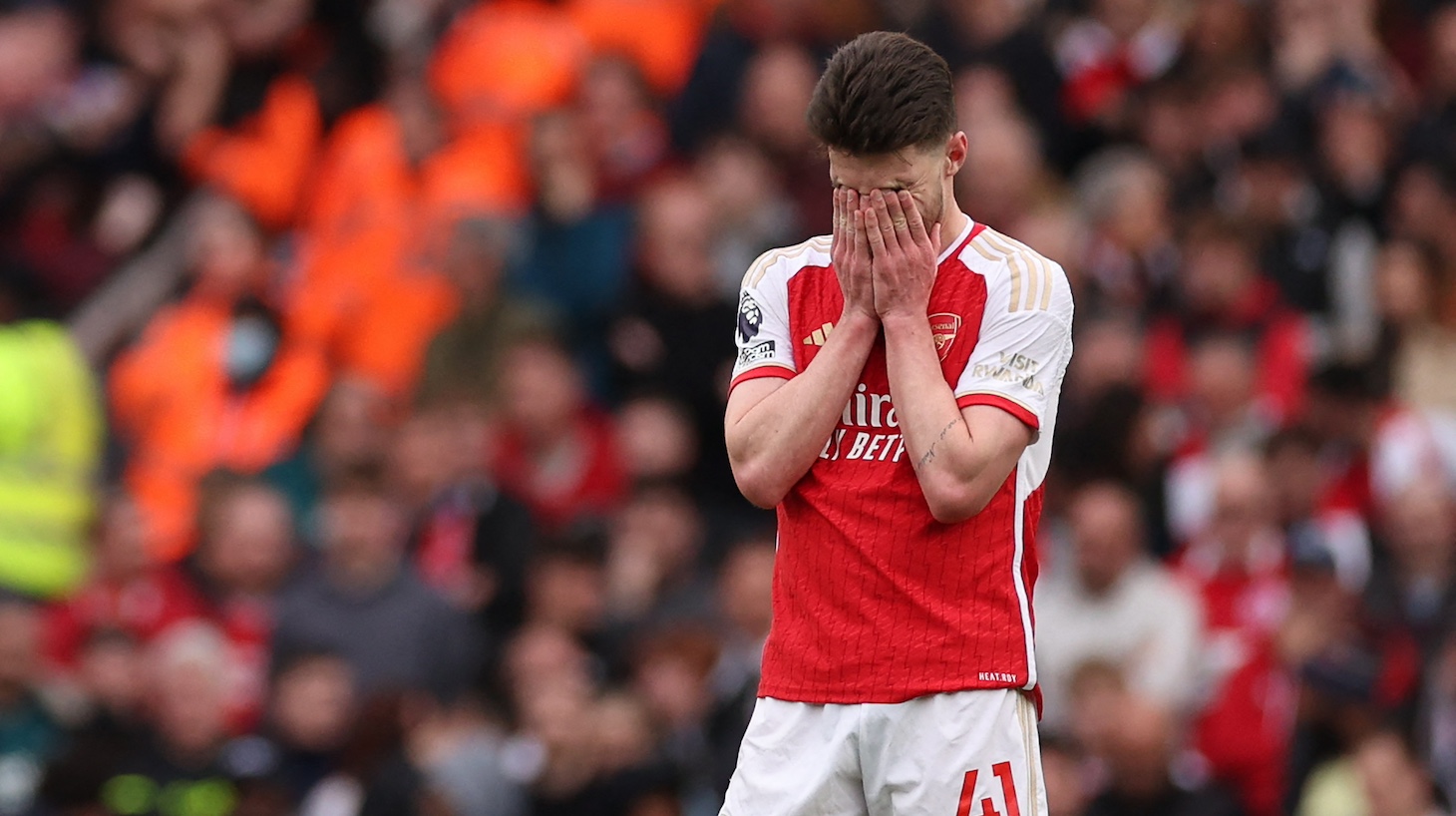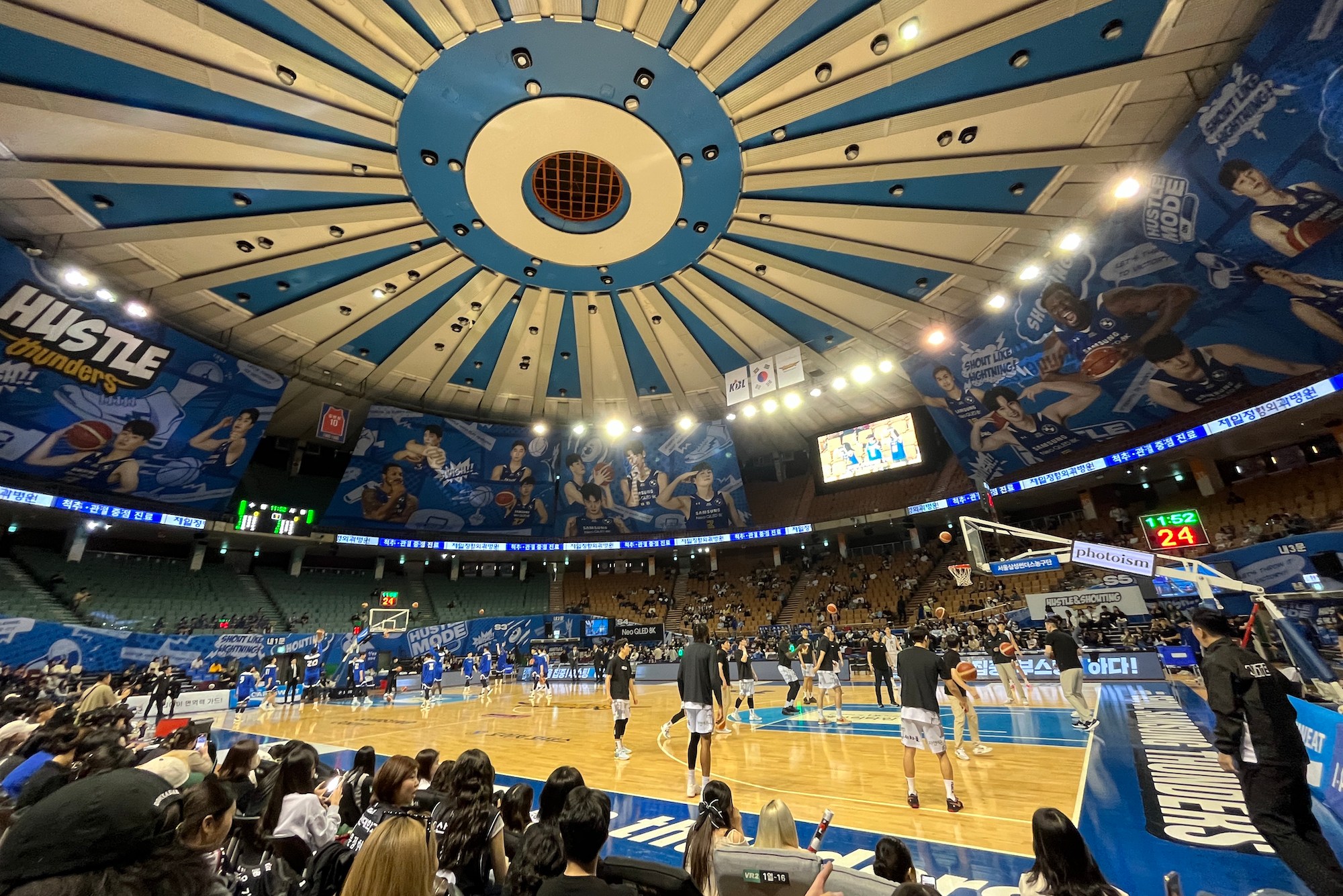
There were two moments during Sunday's match between West Ham and Arsenal when the outcome felt inevitable. The first was in the 32nd minute, when Tomas Soucek capped the Hammers' blitzing opening half an hour with a goal that gave his side an enormous 3–0 lead, in doing so seemingly cementing the result as a West Ham win. The second, not even 10 minutes later, was when Alexandre Lacazette got one back with a smashed shot that deflected off Soucek's leg and into the net for an own goal, which, while still leaving the Gunners with a sizable mountain to climb, somehow completely reversed the tenor of a match that all of the sudden felt like one Arsenal were certain not to lose. Sure enough, Arsenal was able to complete its colossal comeback and secure a 3–3 draw, and while the entire Gunner attack deserves credit for the dominant final hour of play, no one did more to create that feeling of inevitability than Martin Odegaard.
Odegaard was at his sensational best this weekend. His performance was the encapsulation of everything that makes him such a special player, which is mainly his supreme control of the final third. The Norwegian is the quintessential creator, who plays with a chess master's conception of the game. It is as if he is at all times perfectly aware of the exact placement of the 21 other pieces on the board, and believes that through patient positioning of himself and through the directing of his teammates via his passes, he can single-handedly orchestrate where all the pieces will move next.
Likened to a piece himself, he is less his team's queen, with her explosive power and direct impact, and more the knight, with its beguiling movement and unique ability to drift between the lines to hunt for just the right place to make a surprise strike. Watching him sneak into little crevices of space to receive a pass—constantly pecking at the ball with little touches while dipping his shoulders and waving his feet and wagging his hips and swiveling his head, each gesture keeping the defenders off balance and moving them where he wants them to go—before finally releasing a deliciously tense pass through a sliver of room that meets his teammate's run is like watching a chess grandmaster toy with an amateur; one is playing a game, the other is controlling it.
Let’s hope Martin Odegaard stays at Arsenal next season and beyond. He is looking better and better each game!
— ArsenalVideo (@arsenal_video) March 21, 2021
Here’s how he fared vs West Ham #WHUARS pic.twitter.com/tqIGJbczhs
It's taken Odegaard a long time to get to where he has finally arrived, at one of the most visible clubs in the world as its creative fulcrum. It's been six years now since the teenaged Odegaard first stepped into the spotlight as the most coveted youngster in the world when, in January of 2015, he entered the transfer market after turning 16 years old. All the big clubs chased him, and after hearing pitches from the likes of Bayern Munich, Barcelona, Liverpool, and Arsenal, Odegaard decided to sign with Real Madrid. In those six years, the now-22-year-old has gone from being seen as a bust and a cautionary tale about the risks of media hype when he wasn't able to break into Madrid's first team, to a quietly impressive youngster during a few years spent on loan in relative obscurity in the Dutch league, to one of La Liga's best players outside the Big Three after a stellar 2019–20 season on loan at Real Sociedad, to now.
The 2020–21 campaign was supposed to be Odegaard's—and it still might be, though not in the way anyone would've thought. Fresh off that year at Real Sociedad, the Norwegian started the current season back at Real Madrid, where he was expected to begin his top-level career in earnest as one of the faces of the new-look Madridistas. For whatever reason, however, Odegaard was not able to solidify the trust of Madrid manager Zinedine Zidane, and so he spent the majority of the 2020 half of the season frustratingly latched to the Blancos' bench. Rather than suffer through yet another lost season in waiting, Odegaard pushed for a loan, ending up in Mikel Arteta's hands at Arsenal in January.
As a Gunner, Odegaard has at last found himself on a stage befitting his talents, at a big club that is willing to hand all controls over to him. It's taken a while to get here, and the path has been anything but direct. (You imagine Erling Haaland's patient, development-focused career trajectory was informed in part by his compatriot's circuitous route.) But like a deceptively casual Odegaard through ball sent at a preposterous angle, you get the feeling that, in the main, his career is winding up precisely where he planned it would.
If you liked this blog, please share it! Your referrals help Defector reach new readers, and those new readers always get a few free blogs before encountering our paywall.
Senior Editor
Read More:
Stay in touch
Sign up for our free newsletter




